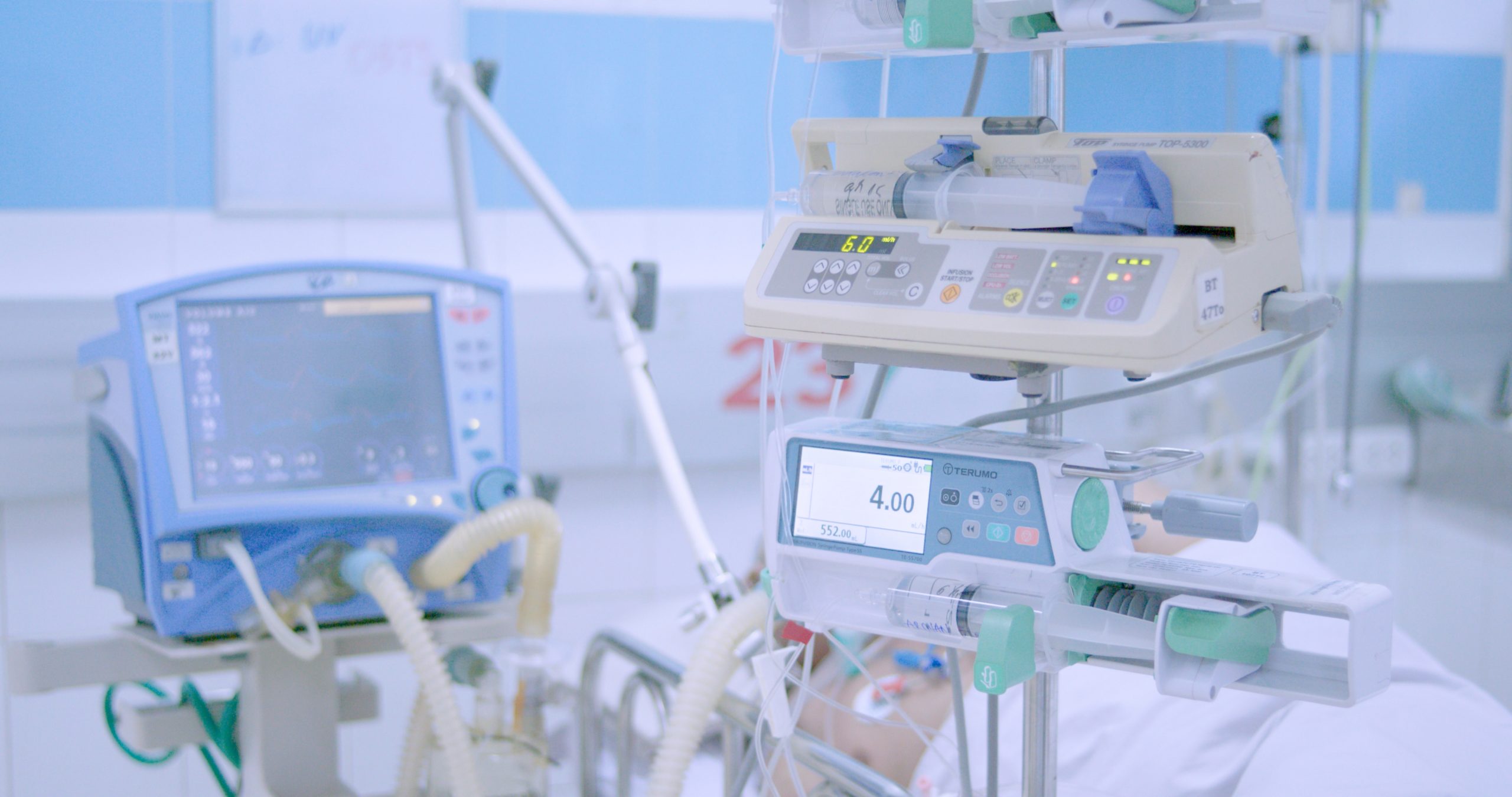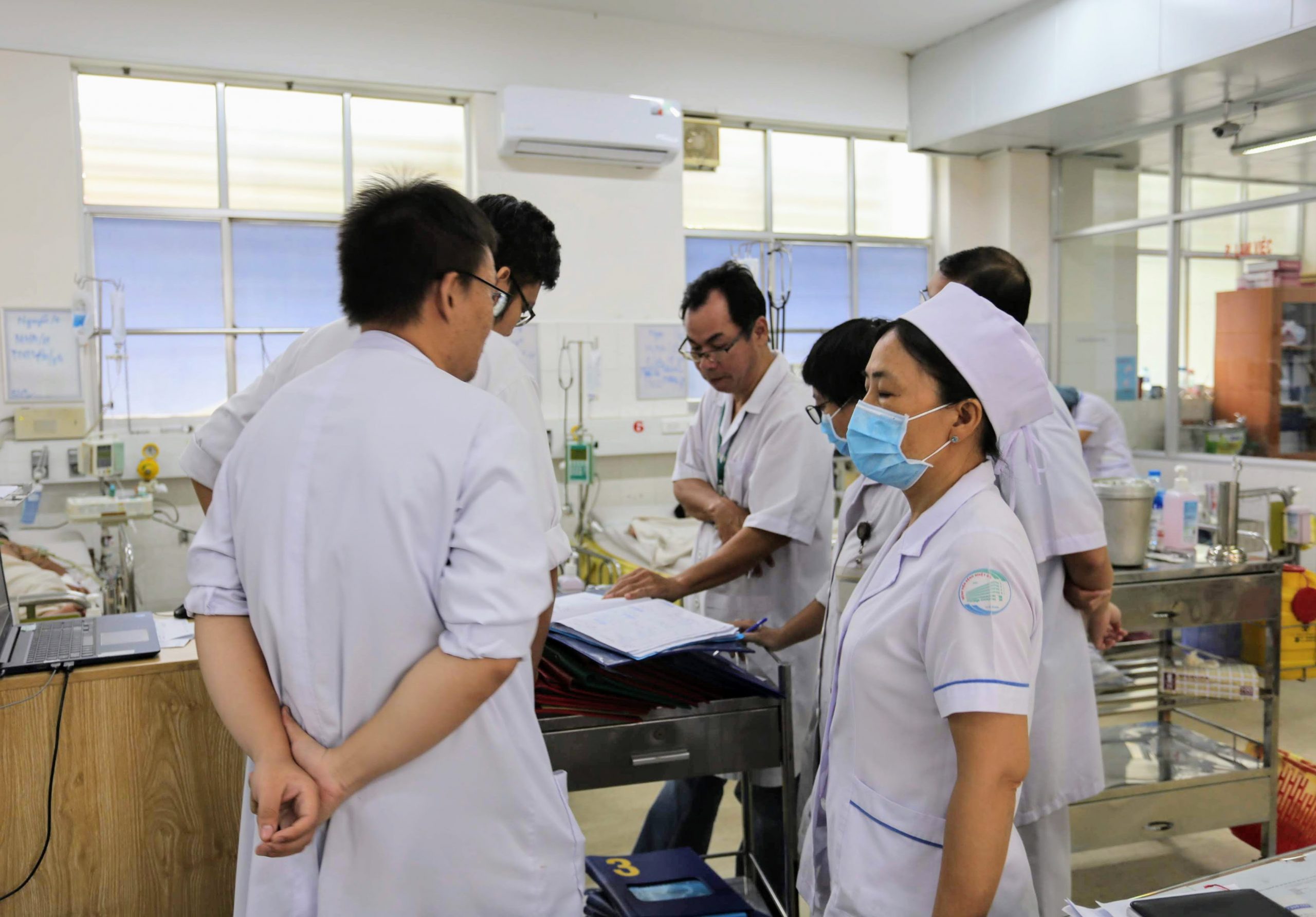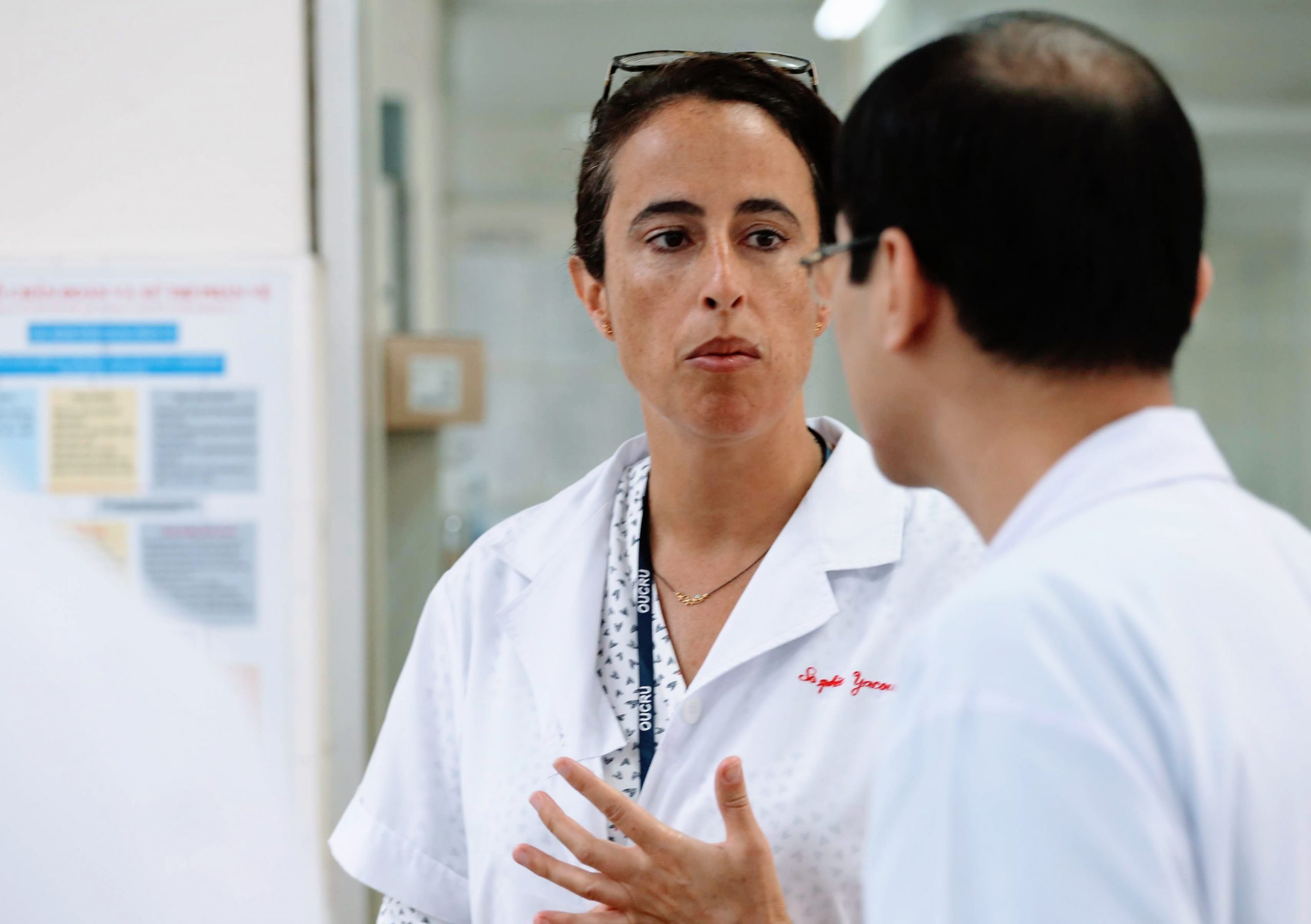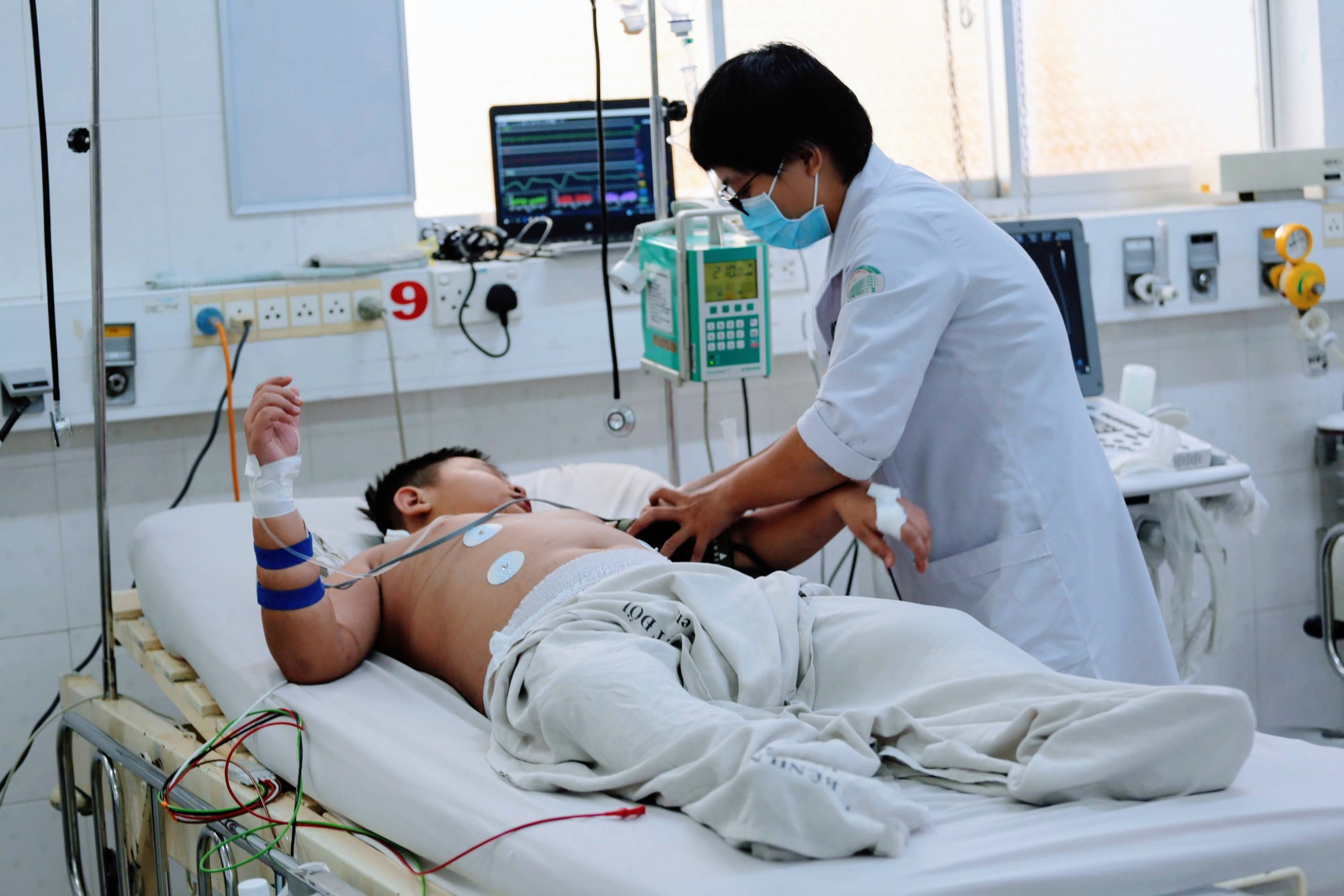Acceptability
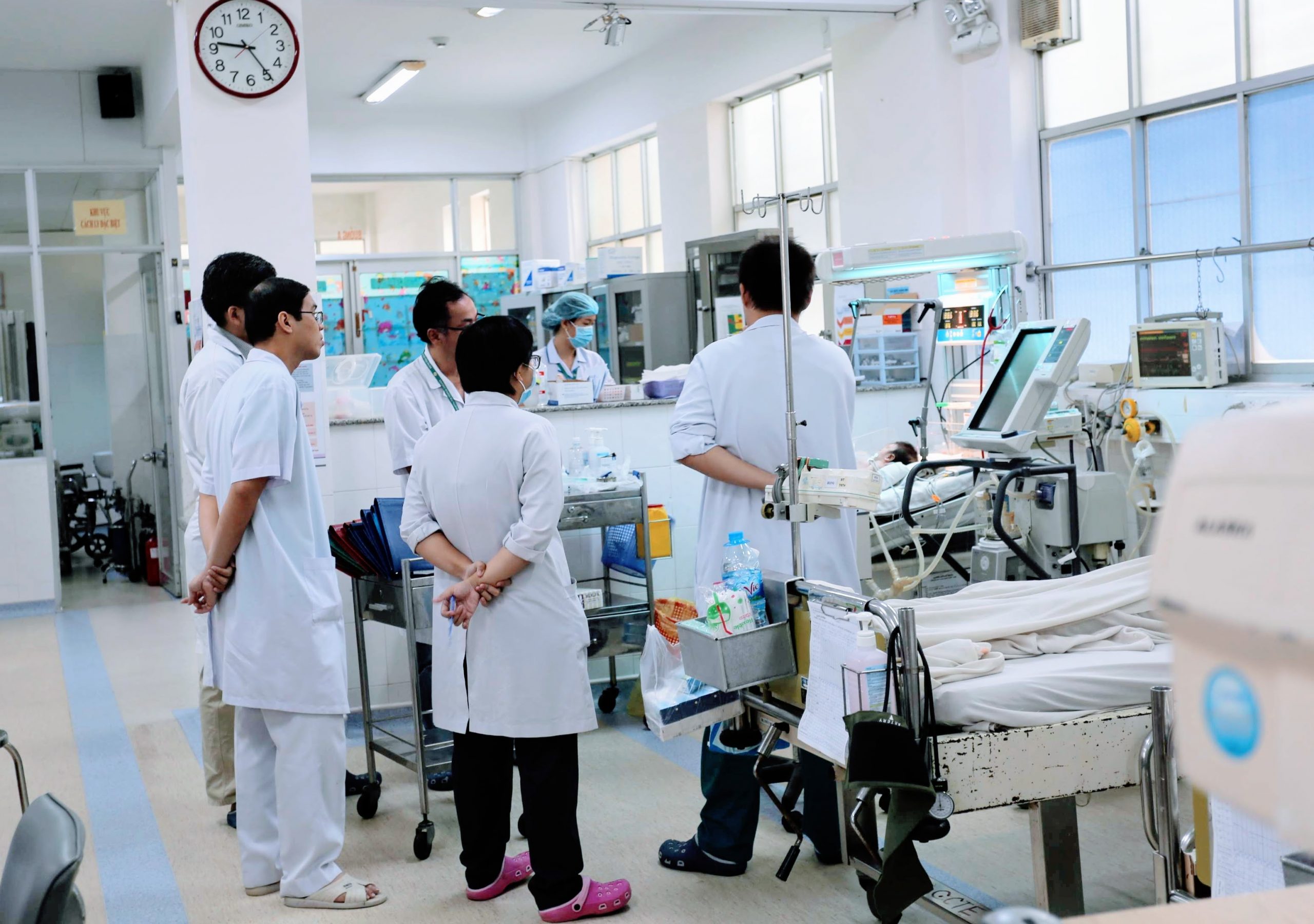
We are working closely with ICU staff to understand which innovations will really be helpful in day-to-day clinical work and how best to reduce workloads and improve quality of care. We want to know what doctors, nurses and patients think about the innovations we develop.
Leads: Chris Paton, Jacob McKnight.
Our team aims to provide rich contextual information to inform the design and implementation of tools that can bring high quality critical care to low resource settings. We use a variety of qualitative methods to explore intensive care units, including semi-structured interviews and observation. These methods help us to understand how, when, and by whom critical care work is currently done.
Understanding the division of labour and the wide spectrum of factors that influence the practice of staff working in ICUs is crucial to the development of effective technologies. The technologies we develop should solve real problems for frontline staff and they need to be carefully integrated into practice. A deep contextual understanding not only improves the safety and effectiveness of the new technologies, but also reduces the chances that the developed tools will not be abandoned or ignored.
Work Update
24 August 2020
To date, we have conducted interviews with practicing doctors, nurses and consultants and spent many hours observing practice in the ICU. The range of roles and tasks of these individuals is diverse and the need for close coordination and teamwork is becoming apparent as the research proceeds.
One of our key areas of interest is in how vital signs are collected and used. Most often, nurses manually record vital signs every hour, or every three hours depending on the needs of the patient. This is complicated by the fact that they have many other jobs to do and it is very likely that their routine will be continually interrupted by other tasks that demand their attention. Nurses must choose how to balance this work. Similarly, doctors are ultimately responsible for the condition of their patients and check vital signs as and when they need them. However, the record of vital signs over time tends not to be used in a dynamic, active way by doctors, but rather at the beginning and ends of shifts in order to plan care.
Over time, we hope to use these insights to inform the development of technologies that makes critical care safer and more effective.

